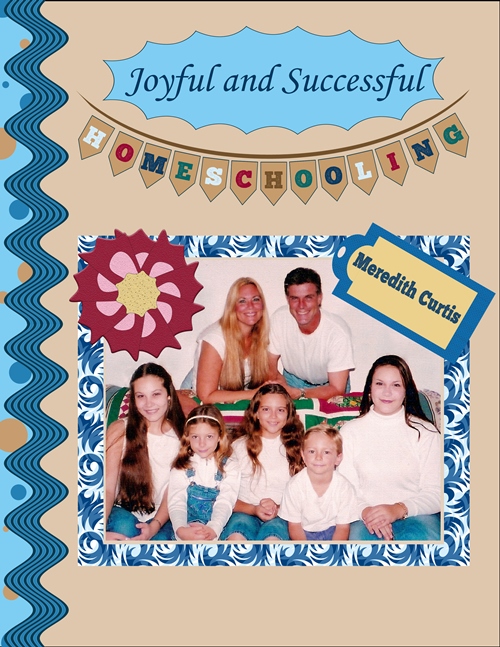Narration is an easy, effective educational tool. Are you using narration in your home school?
You’ve probably heard of narration, especially if you spend any time with the Charlotte Mason homeschooling community.
So what is narration?
Narration is simply retelling what you’ve learned in your own words. Children can speak or write. It’s as simple as a conversation or as formal as an essay. The more natural narration is, the better it works.
Here are some simple ways to use narration in your home school.
Start Young With Picture Books

Before you start reading, point to the cover. Tell your child the name of the picture book, the author, and the illustrator.
Ask, “What do you think this book will be about?”
If they don’t guess correctly, let them know what the book will be about.
Read the book clearly with animation in your voice to keep it interesting. After the book is finished I always like to ask, “Did you like this book?” and “What was your favorite part?” Then I go to narration. “Can you tell me what you remember about this book?”
Then listen. Give children time to think and formulate what they will say. Don’t be afraid of silence.
After they tell you, lavish them with praise. “Wow! You remember so much!”
Narration with Chapter Books

When you are reading a chapter book, review what happened or what was covered in the previous chapters.
Read the chapter title before you start and say something positive like, “I’m excited to see what happens in this chapter” or “I wonder what we’ll learn next.”
Keep reading to 25 minutes or less because more than that is just too hard for kids to remember. When you finish reading, I still like to ask my children if they enjoyed the chapter and what their favorite thing was. Then I asked them to tell me what they remember from the reading.
This often leads to discussion and rabbit trails! I love that!
Again, don’t interrupt your kids. Just let them share. Don’t be afraid of silence. They might need time to process before they speak.
If they really can’t remember, jog their memory with who, what, where, when, how, and why questions.

Narration With Pictures
“Describe the picture we just looked at,” you can ask your child or teen after looking at an illustration, painting, or photograph. Yes, you can narrate pictures.
Narration With Independent Reading

“So, how did you like the book, honey?” I asked my son as he shut The Count of Monte Cristo.
“Mom, this is my favorite book now!”
“Your favorite?” I laughed. “Why is it your favorite?” And off went our discussion on one of the longest books ever written. Was this my son who hated reading until he was 14. I hardly had to ask any questions. He talked about the plot, getting to know the characters, the message of the book, and the setting. It was a natural conversation and I learned so much about what he knew.
Here are discussion starters after your child has finished a novel or short story.
- Describe your favorite scene in the story you just finished reading.
- Tell me the story in your own words.
- Describe your favorite setting in the story you just read.
- Describe the hero and how he changes in the story.
Other times, I had my children write about the book they read for narration. You can do the basics like “Describe the main character” or “Retell the story in your own words.”
Here are some creative ways for children to narrate in writing:
- Write an interview with the main character.
- Write 5 journal entries for one of the characters.
- Write a letter to Grandma about the setting of a novel.
- Write an imaginary conversation between two characters in the story.
- What is your favorite part of the story and why?

Fruit Of Narration
There is so much good fruit in your home school when you use narration.
First of all, you will know instantly if your child understands what they are reading.
In addition, narration leads to natural intellectual conversations throughout the day and around the dinner table. Learning will lead to family conversations inspiring more learning.
Finally, narration is so much more effective in diagnosing what your child knows than test AND it’s relational!
Resource
Learn more about Charlotte Mason and other educational philosophies in Joyful and Successful Homeschooling by Meredith Curtis. You can purchase the print copy at Amazon and the E-book at TeachersPayTeachers, PayHip, and here on this site, PowerlineProd.com.

Until next time, Happy Homeschooling!
Meredith Curtis
